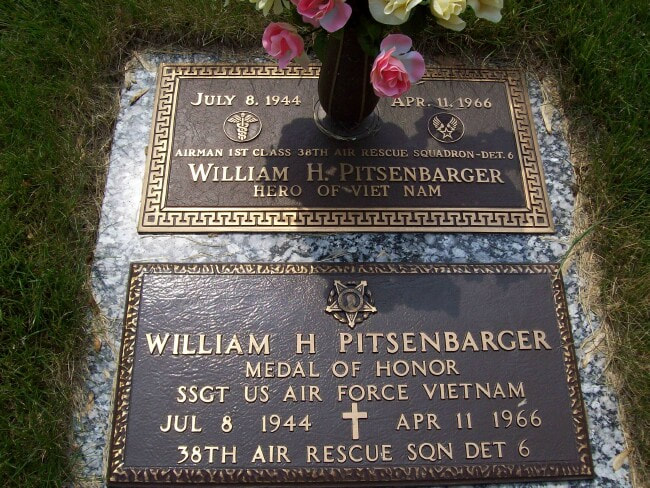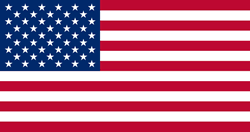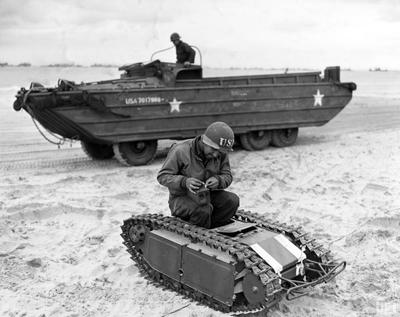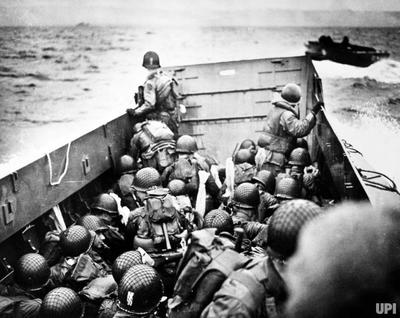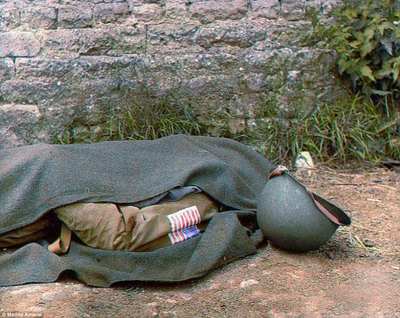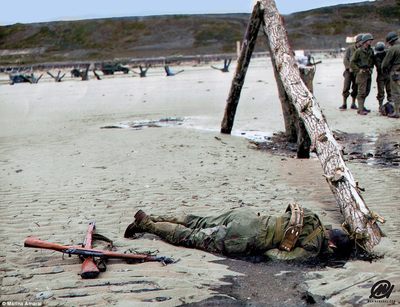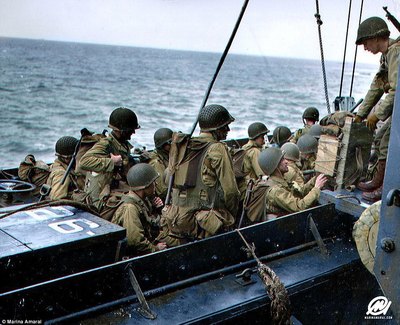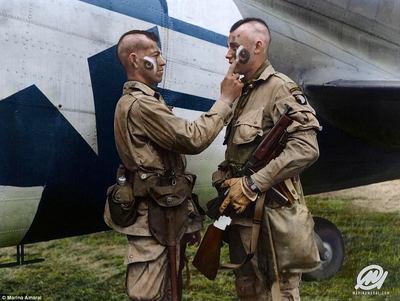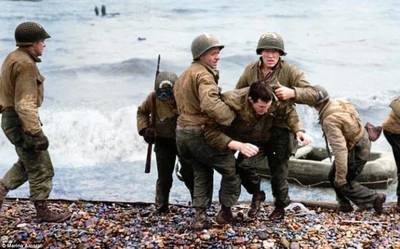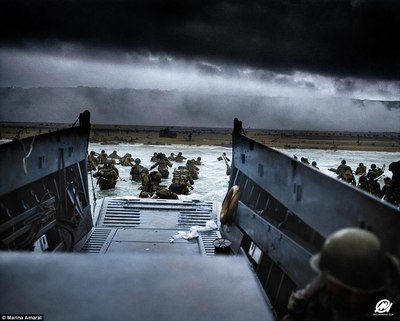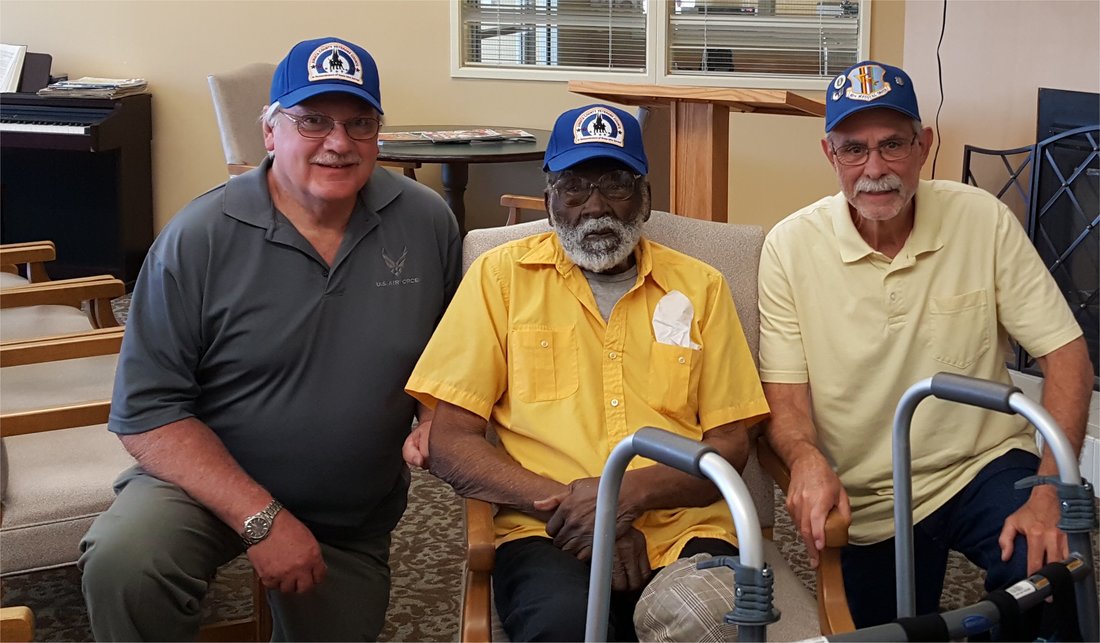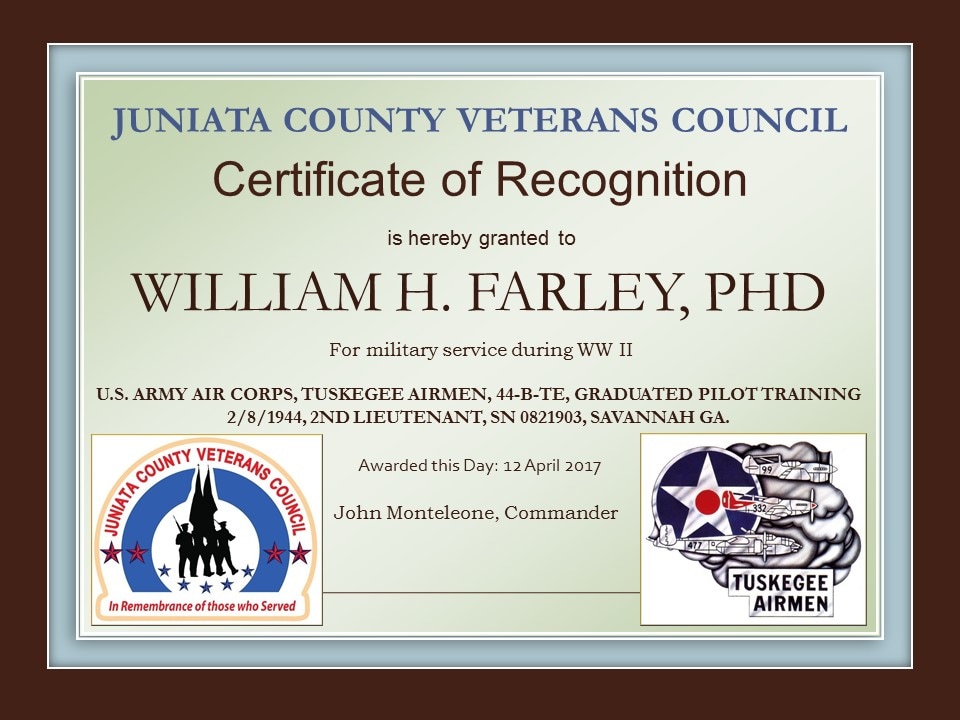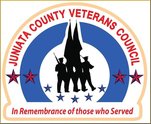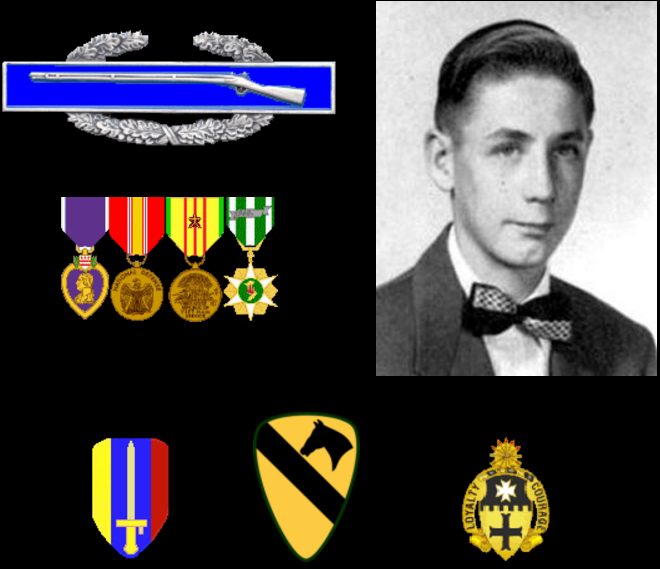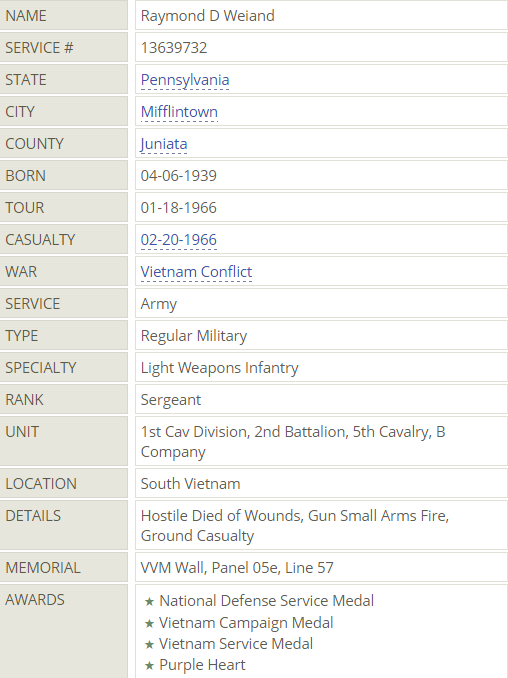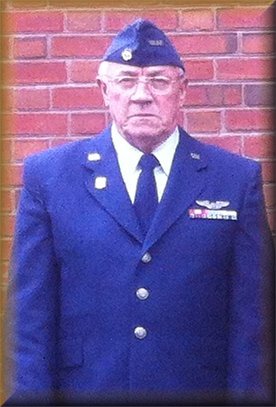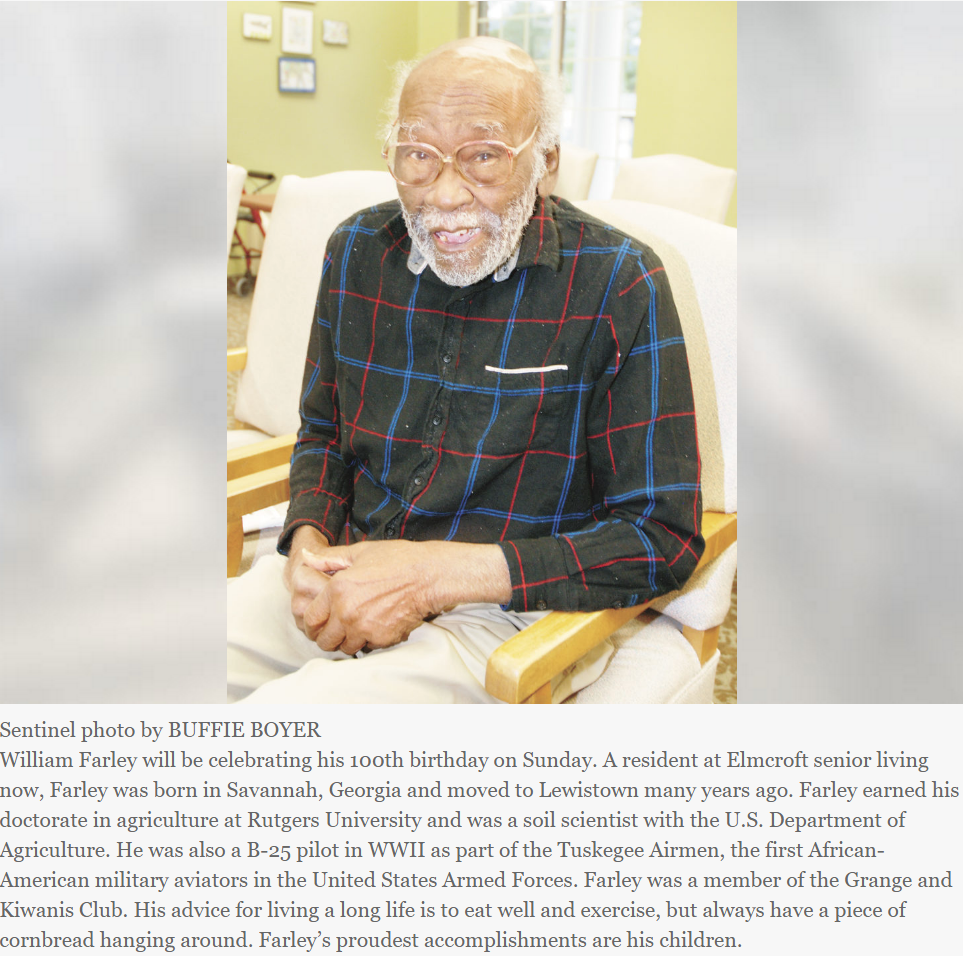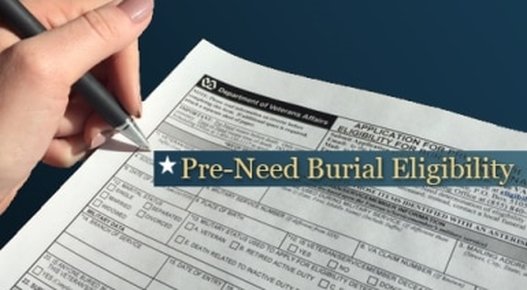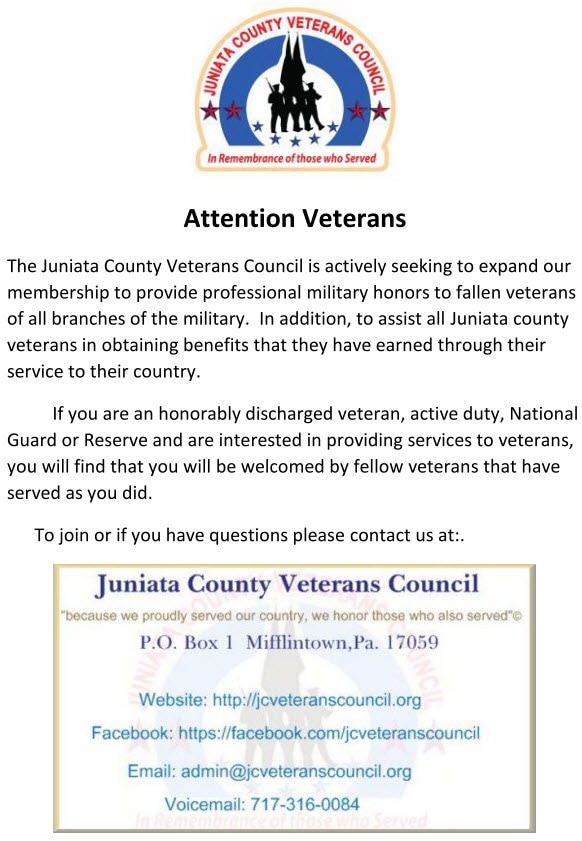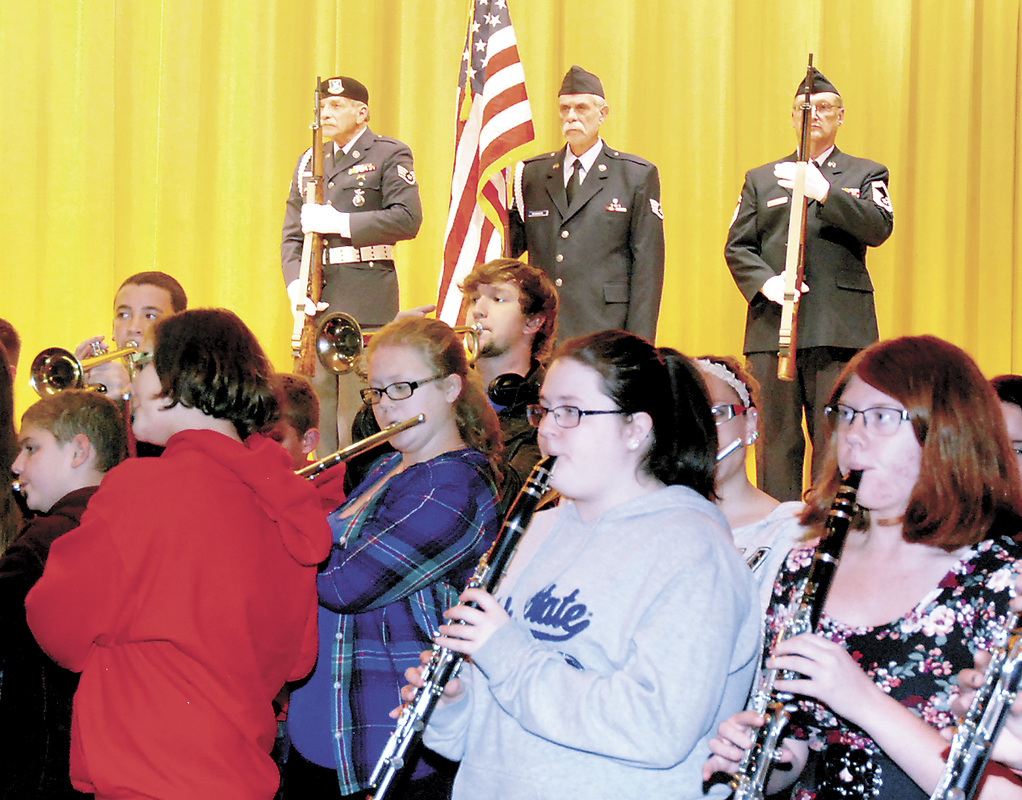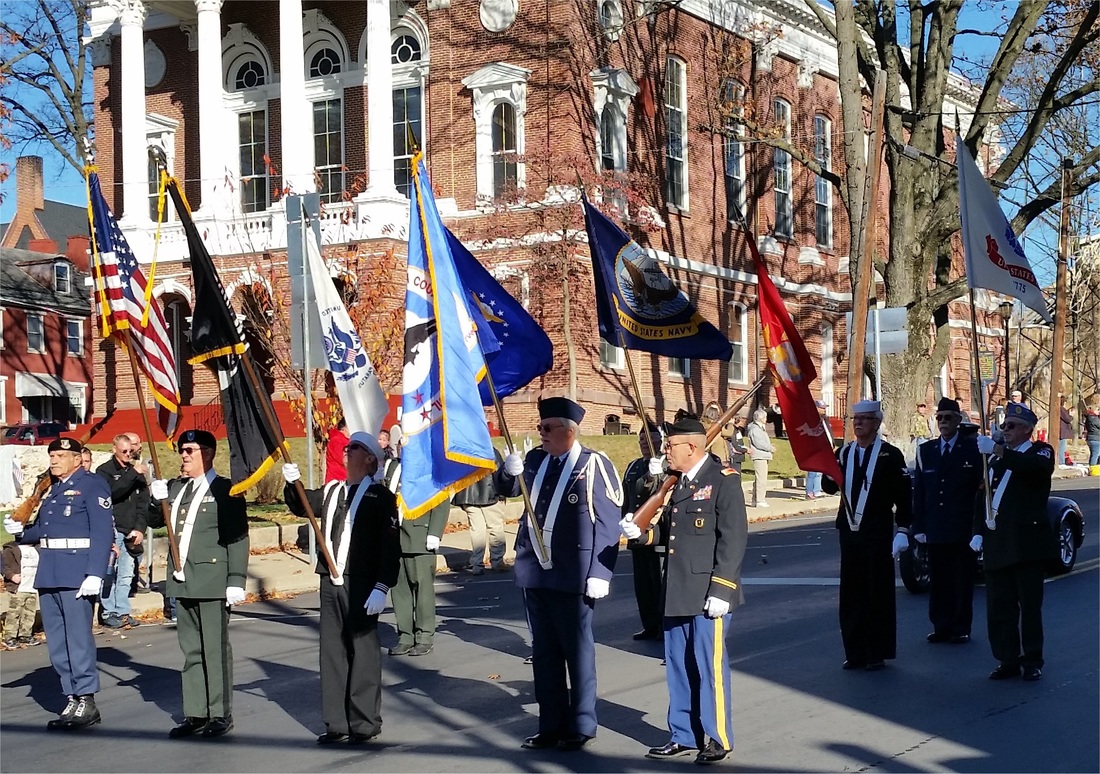|
VA assumes that certain diseases can be related to a Veteran's qualifying military service. We call these "presumptive diseases."
VA has recognized certain cancers and other health problems as presumptive diseases associated with exposure to Agent Orange or other herbicides during military service. Veterans and their survivors may be eligible for benefits for these diseases.
Veterans Exposed to Agent OrangeVeterans who were exposed to Agent Orange or other herbicides during military service may be eligible for a variety of VA benefits, including disability compensation for diseases associated with exposure. Your dependents and survivors also may be eligible for benefits. "Agent Orange" refers to a blend of tactical herbicides the U.S. military sprayed in the jungles of Vietnam and around the Korean demilitarized zone to remove trees and dense tropical foliage that provided enemy cover. Herbicides were also used by the U.S. military to defoliate military facilities in the U.S. and in other countries as far back as the 1950s. In addition, VA has determined there is evidence of exposure to Agent Orange for Air Force and Air Force Reserve members who served during the period 1969 through 1986 and regularly and repeatedly operated, maintained, or served onboard C-123 aircraft (known to have been used to spray an herbicide agent during the Vietnam era). For more information about service qualifications and other eligibility criteria, visit our Agent Orange C-123 web page. VA and federal law presumes that certain diseases are a result of exposure to these herbicides. This "presumptive policy" simplifies the process for receiving compensation for these diseases since VA foregoes the normal requirements of proving that an illness began during or was worsened by your military service. A Veteran who believes he or she has a disease caused by Agent Orange exposure that is not one of the conditions listed below must show an actual connection between the disease and herbicide exposure during military service. Eligibility - Service in Vietnam or KoreaVA presumes that Veterans were exposed to Agent Orange or other herbicides if they served:
If you fall into either category listed above, you do not have to show that you were exposed to Agent Orange to be eligible for disability compensation for diseases VA presumes are associated with it. Check the list of U.S. Navy and Coast Guard ships that operated in Vietnam to confirm whether your service aboard a ship allows VA to concede you were exposed to Agent Orange.. Eligibility - Service Outside of Vietnam or KoreaEven if you did not serve in Vietnam or the Korean demilitarized zone during the specified time periods, you can still apply for disability compensation if you were exposed to an herbicide while in the military and believe it led to the onset of a disease. This includes:
If eligible, you must prove that you were exposed to Agent Orange or other herbicides during your military service to be eligible for service-connection for disease VA presumes are related to Agent Orange exposure. Exception: Blue Water Veterans with non-Hodgkin's lymphoma may be granted service-connection without showing inland waterway service or that they set foot in Vietnam. This is because VA also recognizes non-Hodgkin's lymphoma as related to service in Vietnam or the waters offshore of Vietnam during the Vietnam Era. Diseases Associated with Agent OrangeVA currently presumes that some diseases resulted from exposure to herbicides like Agent Orange. The Veterans Health Administration's Public Health website lists these diseases VA presumes are associated with exposure to Agent Orange or other herbicides during military service: Evidence NeededIf you are seeking service connection for one of the diseases VA presumes is associated with exposure to herbicides during service, VA requires the following:
If you believe that you have a disease caused by herbicide exposure, but that disease is not on the list of diseases associated with Agent Orange, you may still apply for service-connection. In these cases, VA requires all of the following:
Compensation BenefitMonthly payment rates are based on the Veteran's combined rating for his or her service-connected disabilities. These ratings are based on the severity of the disabilities. Additional amounts are paid to certain Veterans with severe disabilities ("special monthly compensation") and certain Veterans with dependents. You can view the current Compensation Rate Tables to determine the amount you may receive. How to Apply
For more information on how to apply and for tips on making sure your claim is ready to be processed by VA, visit our How to Apply page. More InformationCheck VA's Guide to Agent Orange Claims to learn more about how to establish eligibility to disability compensation and how much VA pays. You can also call the Agent Orange Help Line at 1-800-749-8387 or send an e-mail to GW/AOHelpline@vba.va.gov. You must provide your name, e-mail address, telephone and/or fax number, and VA file number/Social Security Number. We will do our best to respond within a reasonable amount of time (usually 3 to 10 workdays). The Plan to Save our Veteran Service Organizations
Les Davis, MA, LBBP FollowLes Davis, MA, LBBP Independent Education Consultant at Claremont Lincoln University Numerous articles, congressional discussions, as well as discussions at each individual VSO Leadership Meeting have exposed that these once proud institutions are losing thousands of members a year at an alarming rate, and fewer new members are joining. The legislative appeal to politicians is really no more than a check in the block to give a speech at the respective VSOs annual convention. In Washington, politicians count votes and they know about one-third of all members belong to the other major VSOs, and Veterans are leaving or not joining these VSOs. In the wake of these VSOs glaring ineptitude of keeping as well as attracting new members, new organizations have popped up to attract younger Veterans. In many cases, younger veterans view the “big three” (AMVETS, VFW, and American Legion) as being obsolete and irrelevant. It’s time to consolidate and become ONE large Veteran Service Organization with ONE voice and ONE purpose. This new consolidated VSO would be restructured to assist our veterans with health care issues, employment and training opportunities, mental health resources, and organizing and assisting veterans who are filing VA claims during their transition, etc. All veterans need a legislative voice in Washington D.C., rather than delivering talking points to congressional oversight committees and sending out news releases each touting their meager accomplishments...and Bingo Night! This new VSO has to attract the right leadership - Leaders dedicated to investing in members and enforcing the exclusivity of “Veterans Only” membership. Our Veterans deserve an organization that will advocate for them. The current VSO’s are outdated, out of touch, unappealing to new members, losing members, and have become irrelevant. The VFW, American Legion, DAV, AMVETS, and others should be consolidated into a single, more effective VSO. New leadership and new by-laws should be written to protect membership and put more pressure on the leadership to restructure its recruiting efforts and revitalize the VSO so this doesn’t happen again. We could take a little from each organization that would benefit the new VSO. National/state/local leadership – All elected positions must represent all generations of veterans. If the National Commander is a Vietnam Veteran or WWII Veteran, the next in line has to be a Gulf War era or OIF/OEF era Veteran. Every position must represent a different generation. Membership – AMVETS has the most open membership requirements and should be adopted by the new VSO. Believe it or not there are some veterans who don’t believe they are veterans because they didn’t deploy overseas. If you had ever served our country, whether it was in the National Guard, Reserves, or Active Duty, all would be welcome in this new Veteran Service Organization. Cost of membership – We need to reduce the cost of membership to $15.00 per year, per member and do away with the lifetime membership. This would bring in a constant cash infusion into the new VSO and help fund current and new programs. Every member paying their membership fee consistently for 20 years would be given lifetime membership. Marketing – The American Legion is more effective in this area than other VSOs, and are not shy about investing funds aimed at attracting new members. Their newer membership look and wording in the collateral is much better than the other VSOs. Marketing needs to be updated with a new fresh look to attract all generations of Veterans. Social Media – Let’s face it - they all suck. The new VSO needs to hire a young social media staff who understands the positive impact social media can have on any organization. National Service Officers – The new organization would adopt the DAV’s NSOs. I know this is a pride point with the VSOs, but VA claims are all the DAV does - and they do it better than the others. My personal experience with an American Legion National Service Officer was at the VA Hospital in Gainesville, Florida. I was in an elevator with a seasoned citizen American Legion NSO who was sitting on a scooter. In my attempt to strike-up a friendly conversation I said, “Good morning! Are you a National Service Officer?” He seemed a little irritated with me, let out a long sigh, and responded, “Yes, what do you want?” I replied, “Nothing. Just wanted to say ‘Good morning’.” The elevator doors had barely opened when the NSO zoomed off on his scooter. I can’t imagine what a young veteran would be thinking if he needed assistance or had a genuine question. Hospital rides – The new VSO will continue hospital rides the DAV offers. With the VA Choice program gaining popularity, this program has to be monitored and evaluated annually. Advocacy/Legislative – I believe the VFW has shown the best leadership when it comes to taking a stand on issues. I’m not saying I agree with everything they put out, but at least they make a stand. In most cases, the VFW is leading with important issues concerning all generations of veterans. Their partnership with the Student Veterans of America shows us they will advocate for the younger veterans. Local Posts – The local community post would need to vote to join the new organization or apply for their own nonprofit status. If they joined the new modern VSO, they would need to become more attractive to all by adopting the following:
Magazine – All the VSO magazines have become outdated, but in recent months the VFW magazine has produced articles about today’s veterans, highlighting the success of Post 1 in Denver, and has attracted other advertisers, rather than military rings and fitted pants exclusively. There are many other beneficial programs that are not listed here, and those can be re-vamped and added as the VSO evolves and the need is established. However, we cannot afford to forget the reason that these organizations were started and we need to get back to those principles. We also need to invite all veterans’ organization to join this massive new VSO. I challenge the big 3 to lead this reorganization and save our voice before each VSO becomes so small that not even the local politicians will accept invitations to speak at your conventions. Along with the Big 3 invite everyone to come together as one entity. For example we could invite the VVA, NCOA, MOAA, the Jewish War Veterans of the USA, and the Italian War Veterans of the USA, the Catholic War Veterans of the USA and the American Ex-Prisoners of War to name a few. The VSOs' current methods of tapping the next good ole boy in the leadership line to occupy the leadership chair is antiquated, and entrenched leadership, similar to professional political hacks, is a real issue that must be addressed prior to consolidation efforts. For decades, most VSOs have done nothing but promote this systemic "good ole boy" attitude in appointing/electing the next "chosen one" in leadership line, and it's time to stop this nonsense! It’s going to take bold leadership, creativity, and flexibility to put this together and lead it. It's time to be a "change" leader, proactively thinking of the future, and how best to serve all of our Veterans - Past, Present, and Future! 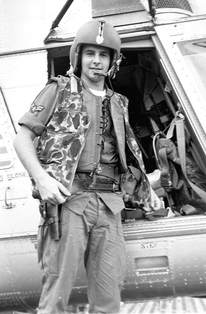 William Hart Pitsenbarger (July 8, 1944 – April 11, 1966) Birth: Jul. 8, 1944 Piqua Miami County Ohio, USA Death: Apr. 11, 1966, Vietnam Vietnam Congressional Medal of Honor Recipient. He served in the United States Air Force during the war in Vietnam as an Airman First Clas in Detachment 6 of the 38th Aerospace Rescue and Recovery Squadron, stationed at Bien Hoa Air Base, Republic of Vietnam. He was awarded the CMOH for his bravery near Cam My on April 11, 1966. His citation reads "Airman First Class Pitsenbarger distinguished himself by extreme valor while assigned as a Pararescue Crew Member, Detachment 6, 38th Aerospace Rescue and Recovery Squadron. On that date, Airman Pitsenbarger was aboard a rescue helicopter responding to a call for evacuation of casualties incurred in an on-going firefight between elements of the United States Army's 1st Infantry Division and a sizable enemy force approximately 35 miles east of Saigon. With complete disregard for personal safety, Airman Pitsenbarger volunteered to ride a hoist more than one hundred feet through the jungle, to the ground. On the ground, he organized and coordinated rescue efforts, cared for the wounded, prepared casualties for evacuation, and insured that the recovery operation continued in a smooth and orderly fashion. Through his personal efforts, the evacuation of the wounded was greatly expedited. As each of the nine casualties evacuated that day were recovered, Pitsenbarger refused evacuation in order to get one more wounded soldier to safety. After several pick-ups, one of the two rescue helicopters involved in the evacuation was struck by heavy enemy ground fire and was forced to leave the scene for an emergency landing. Airman Pitsenbarger stayed behind, on the ground, to perform medical duties. Shortly thereafter, the area came under sniper and mortar fire. During a subsequent attempt to evacuate the site, American forces came under heavy assault by a large Viet Cong force. When the enemy launched the assault, the evacuation was called off and Airman Pitsenbarger took up arms with the besieged infantrymen. He courageously resisted the enemy, braving intense gunfire to gather and distribute vital ammunition to American defenders. As the battle raged on, he repeatedly exposed himself to enemy fire to care for the wounded, pull them out of the line of fire, and return fire whenever he could, during which time, he was wounded three times. Despite his wounds, he valiantly fought on, simultaneously treating as many wounded as possible. In the vicious fighting which followed, the American forces suffered 80 percent casualties as their perimeter was breached, and airman Pitsenbarger was finally fatally wounded. Airman Pitsenbarger exposed himself to almost certain death by staying on the ground, and perished while saving the lives of wounded infantrymen. His bravery and determination exemplify the highest professional standards and traditions of military service and reflect great credit upon himself, his unit, and the United States Air Force". Originally awarded the Air Force Cross, Congress subsequently upgraded his award to the Medal of Honor after a variety of eyewitness accounts of his valor were provided. It was presented to his parents on December 8, 2000 at Wright-Patterson Air Force Base, Ohio, making him the second Air Force enlisted member to earn the nation's highest honor. The Pitsenbarger Sports Complex at Piqua, Ohio, the Pitsenbarger Dining Hall at Wright-Patterson Air Force Base and Pitsenbarger dormitory at Dover Air Force Base are named in his honor. The Air Force Sergeants Association annually confers a "Pitsenbarger Award," which recognizes an Air Force enlisted member for heroic acts on or off duty that save a life or prevent serious injury". He is also presented in a commemorative display at the United States Air Force Museum. His name can be found on Panel 06E, Line 102 of the Vietnam Wall Memorial in Washington, DC. (bio by: Warrick L. Barrett) 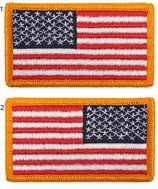 Which US flag patch in worn on the left shoulder and which in worn on the right? Well that depends. A. Army regulation 670-1 outlines the proper placement of American flag patches on authorized uniforms. If the patch is placed on the left shoulder, the stars should be to the left with the stripes going to the right. If the patch is worn on the right shoulder, the stars will be on the right side of the patch and the stripes will be on the left. B. According to the U.S. Code, it can be affixed to the uniforms of military service members, policemen, firemen and members of patriotic clubs and organizations, like the uniform of the Boy Scouts. However, the flag patch can be worn on the right or left shoulder, depending on the uniform. Military regulation requires that the flag's stars always be on the forward-facing side. Non-service members can wear their patches on either shoulder as well, but the stars can face the back of the shoulder or put on the right side." And now you know. Flag Presentation Protocol and Flag FoldingA United States flag drapes the casket of deceased veterans to honor the memory of their service to the country. The ceremonial folding and presentation of the flag is a moving tribute of lasting import to the veteran's family. For Burial in a National CemeteryBurial benefits available include a gravesite in any of our 135 national cemeteries with available space, opening and closing of the grave, perpetual care, a Government headstone or marker, a burial flag, and a Presidential Memorial Certificate, at no cost to the family. Some Veterans may also be eligible for Burial Allowances. Cremated remains are buried or inurned in national cemeteries in the same manner and with the same honors as casketed remains. Burial benefits available for spouses and dependents buried in a national cemetery include burial with the Veteran, perpetual care, and the spouse or dependents name and date of birth and death will be inscribed on the Veteran's headstone, at no cost to the family. Eligible spouses and dependents may be buried, even if they predecease the Veteran. The Veterans family should make funeral or cremation arrangements with a funeral provider or cremation office. Any item or service obtained from a funeral home or cremation office will be at the family's expense. Preparing in AdvanceGravesites in Department of Veterans Affairs (VA) national cemeteries cannot be reserved in advance.You should advise your family of your wishes and where your discharge papers* are kept. These papers are very important in establishing your eligibility. Upon request, VA will make eligibility determinations for burial in a VA national cemetery in advance of need. At the time of need your family would contact a funeral home who will assist them with making burial arrangements at the national cemetery. You may wish to make pre-need arrangements with a funeral home. To schedule a burial, first fax all discharge documentation to the National Cemetery Scheduling Office at 1-866-900-6417 or scan and email the documentation to NCA.Scheduling@va.gov with the name of the decedent in the subject line. Follow-up with a phone call to 1-800-535-1117 and have the following information readily available when you call:
Donating Burial Flags in National CemeteriesMost of the Department of Veterans Affairs national cemeteries display an Avenue of Flags on patriotic holidays and during special events. The Avenues consist of burial flags donated by the families of deceased Veterans and provide a unique visible tribute to all of our Nation's Veterans. A Certificate of Appreciation is presented to the donor for providing their loved ones' burial flag to a national cemetery. Please contact the cemetery of your choice for information on how to donate a Veteran's burial flag. For Burial in a Private CemeteryBurial benefits available for Veterans buried in a private cemetery may include a Government headstone, marker or medallion, a burial flag, and a Presidential Memorial Certificate, at no cost to the family. Some Veterans may also be eligible for Burial Allowances. There are not any VA benefits available to spouses and dependents buried in a private cemetery. Potential Questions to Ask Regarding Burial in a Private Cemetery VA-NCA-IS-1 Interments in VA National Cemeteries — provides information on the National Cemetery Administration's history, arranging a burial in a national cemetery, military honors, burial eligibility and locations of national and state Veterans cemeteries. https://www.cem.va.gov/burial_benefits/Photos courtesy Lin Kremer of Honey Grove, PA Gary Willow 2nd Lt. William H. Farley-Tuskegee Airman Steve Ferrante Council Member Council Member Doctor Farley -B25 pilot-just joined the "century" club. He is 100 years young.
JUNIATA COUNTY VETERANS COUNCIL AND THE AMERICAN LEGION POST 298 WILL HOLD MEMORIAL DAY PARADES AND CEREMONIES FOR 2017.
The Juniata County Veterans Council Memorial day parade will be held on Monday, May 29th,2017. For the Port Royal ceremony, participants will form up at the Port Royal Community building at 8:30 a.m. and the Mifflintown parade at the American Legion Post 298 at 10:30 a.m.. The parade in Mifflintown will start from the American Legion Post 298 and proceed to the in Westminster Presbyterian Cemetery for a Memorial Service starting at 11:00 am. A invocation will be given by Reverend Albert Gray of Corner Stone Church in Mifflintown and a list of all the Juniata County departed veterans, since Memorial Day 2016, will be read. All Veterans are asked to attend the parade in uniform. Please advise if transportation is needed. Water will be provided for parade marchers during the parade. For additional information please call: Clarence Allen, Commander, American Legion Post 298 at: 717 994 8735 Also, on Wednesday April 19th the regular scheduled Veterans Council meeting will be held at 7:00PM at the Crawford-Brubaker V F W Post 5863 and on May 17th at 7:00 at American Legion Post 298, both in Mifflintown. Veterans are encouraged to visit these meetings. Membership in the above service organisations is NOT required. By NIKKI WENTLING | STARS AND STRIPES
Published: February 26, 2017 WASHINGTON – Veterans Affairs Secretary David Shulkin on Sunday proposed eliminating a controversial policy that limits veterans from receiving private-sector health care. Speaking to hundreds of people at the Disabled American Veterans annual conference in Arlington, Va., Shulkin laid out his top 10 priorities for the Department of Veterans Affairs. It was his first public address since becoming VA secretary. High on Shulkin’s list was redesigning the Veterans Choice Program into what he called “Choice 2.0.” His plan would include removing the rule that allows veterans to go outside the VA for health care if they had to wait more than 30 days for an appointment or live more than 40 miles driving distance from a VA facility. Some veterans and lawmakers have criticized the 40-mile, 30-day rule for limiting veterans’ health care choices, and Shulkin called the program “extremely complex and bureaucratic.” President Donald Trump said during his campaign that he would ensure every veteran could choose between the VA or private-sector care. Shulkin said Sunday that he wanted a system with less “red tape.” “We want to be thoughtful about how we propose what the new choice program will look like, and do that in conjunction with Congress, and to make sure we are fulfilling the president’s promise and commitment that he has made to the country’s veterans,” Shulkin told Stars and Stripes. Choice set to expire Before he can propose Choice 2.0, Congress first must eliminate the expiration date for the original Veterans Choice Program, Shulkin said. “We want to make sure we continue the current program so veterans don’t experience any gap in care,” he said. The program was created as a temporary measure in 2014 after it was discovered veterans were suffering long waits for health care at some VA facilities. It was funded with $10 billion and given an expiration date of Aug. 7, 2017. Sen. John McCain, R-Ariz., and Rep. Phil Roe, R-Tenn., introduced legislation last month to do away with the expiration date. The lawmakers estimated by August, the choice program would still have approximately $1 billion in funding. Congress has yet to taken action on either the House or Senate bill. “If Congress doesn’t act, we will see a significant amount of resources be removed,” Shulkin said. Shulkin has previously attempted to ease concerns that the VA would move completely to the private sector. He did so again Sunday, saying the private sector does not have the "military cultural competency" that the VA provides. Other priorities Shulkin on Sunday also listed employee accountability as a top priority. He said he would work to push legislation in Congress that would allow the VA to “make sure bad employees are leaving the system.” Some lawmakers have pushed to make it easier to fire VA employees as a way to root out a perceived culture of corruption in the department. The VA will also announce some “bold proposals” regarding suicide prevention in coming weeks, Shulkin said. Trump commented during his campaign on the number of veteran suicides – calling it a “national tragedy” – and said he would improve mental health care at the VA. According to the latest VA statistics, an average of 20 veterans died from suicide each day in 2014. Other priorities Shulkin listed Sunday included improving VA infrastructure, better coordinating with the Department of Defense, enhancing information technology and making quicker decisions on claims for disability and pension compensation. “Now I’m focused on the future,” Shulkin told Stars and Stripes. “I’m focused on how we can make significant advancements from where we were to make this a better system.” Disabled American Veterans and other veterans organizations will have opportunities soon to highlight their own priorities for VA reform to the Senate and House veterans' affairs committees. Disabled American Veterans will present their priorities to lawmakers on Tuesday, followed by The American Legion and Veterans of Foreign Wars on Wednesday. Wentling.nikki@stripes.com Twitter: @nikkiwentling The Department of Veterans Affairs (VA) implemented the pre-need burial eligibility determination program to assist anyone who would like to know if they are eligible for burial in a VA national cemetery. Get the form here. |
